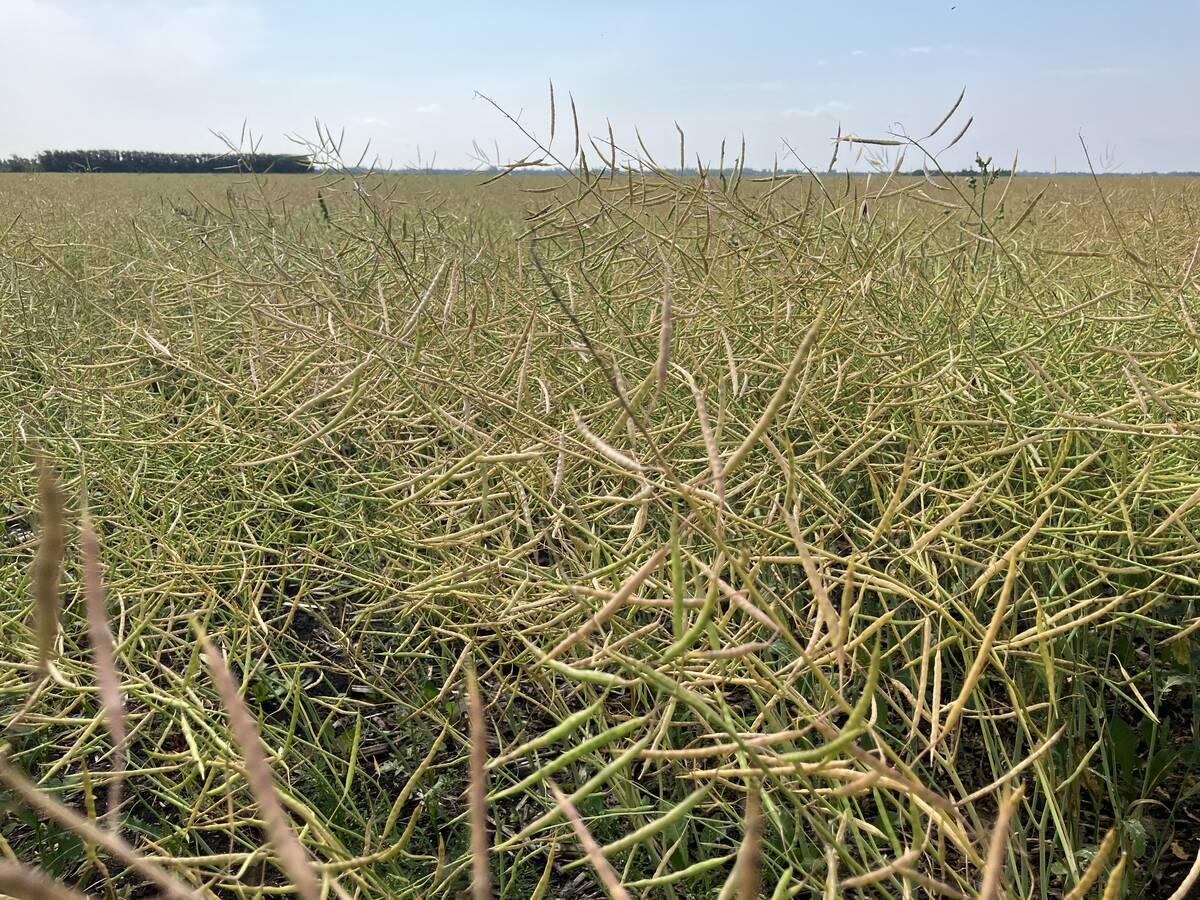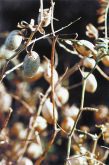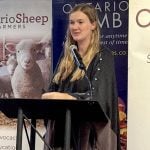ECKVILLE, Alta. – Cecil and Carol Hoven have found a way to make nature do most of their work.
The Hovens are working toward a better lifestyle and, in the process, a more profitable farm. They operate a 180-cow, beef cattle farm on 10 quarters of land south of Eckville. Since taking a holistic farm management course, the couple has been examining alternatives to their farming practices.
“We chose quality of life over early calving and big birth weights,” said Cecil.
By selecting easy-calving bulls and later calving dates closer to the natural spring birth cycle of the animals, the Hovens were able to turn their cows out to pasture at the end of March. The cows were allowed to calve in the pasture without additional feeding. This replaced the earlier calving dates that required shelter, feeding and close monitoring to prevent freezing and diseases related to close confinement.
Read Also

South American soybeans will have less impact on canola
South American production will, as usual, affect the global oilseed market, but Canadian canola is on the outside looking in until it can get China back or find alternative buyers.
Early pasturing
Overwintering forage crops has allowed the Hovens to place their cattle on pasture early. The Hovens began doing this in 1991 as an experiment, with advice and support from the Grey Wooded Forage Association of Rocky Mountain House.
The 110 acres of meadow foxtail, meadow bromegrass, creeping red fescue, timothy, orchard grass and alfalfa survive winter well and can support the 150 cows for a month. The forage protein levels in the spring remained at over 14 percent with nearly 40 percent fibre content. The area also has 50 acres of bush and small trees for cover and calving.
Grazing progress is controlled through the use of an electric fencer and a movable ribbon fence. The ribbon is moved each day allowing the cows to fully graze the land around them and make the best use of the pasture. A crop of forage is then taken off in late July and the regrowth allowed to stand.
The couple say the saving amounts to more than $70 for each day the cattle are on the pasture versus fed in the corrals.
“We don’t have to cut, bale, haul, or feed and there is no manure to haul out,” said Carol.
The number of feeding days has been reduced to 125 from 205.
“We check the herd twice a day, but sometimes I wonder why we are out there,” said Cecil. They have had no calf losses this year, one case of scours and one calf that wouldn’t suck. “It has saved us money, headaches and a lot of time.”
They say that quarter of land is their most productive and feel the grazing stress and more natural manure distribution may be the difference.
With a goal of overwintering half of their forage, the couple can see more spare time and profit from this strategy.
The youngest of their four children works on the farm during summer holidays from college in Red Deer and their oldest son, an engineer, and his family will be moving permanently from the city back the farm this year.
“There is a future in agriculture here, but sometimes it takes a long view to manage in these times,” said Cecil.














